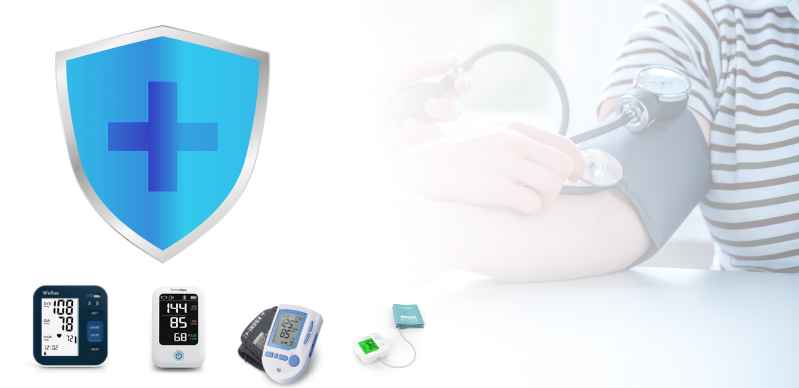
What are Healthcare Logistics?
What are Healthcare Logistics? When we think of healthcare, the first thing that comes to our mind is doctors and nurses. However, behind these front-line

Wearables are the latest tech trend that has taken the world by storm. They enable us to track our physical activities and biometrics such as heart rate and calories burned. But are they reliable enough for us to trust them? Manufacturers must ensure that their products meet safety standards and comply with regulations. Furthermore, to mitigate security concerns, manufacturers should employ strong encryption standards and ensure that all data is stored securely.
In this blog, we will explore the reliability of wearables – discussing safety concerns, security issues, and more. So, let’s dive in!
When it comes to healthcare, safety, and reliability are paramount. Healthcare providers must ensure that their wearables meet safety standards and regulatory requirements. Medical-grade wearables have been developed specifically for clinical applications and have undergone rigorous testing to ensure their accuracy and efficacy.
Furthermore, these devices are subject to additional regulations such as HIPAA compliance (Health Insurance Portability and Accountability Act).
Wearables provide numerous benefits to the healthcare industry, such as improved patient outcomes and increased efficiency. Wearables enable healthcare providers to monitor patients’ vital signs remotely, thereby reducing the need for in-person visits and costly hospital stays.
Wearable technology can be used to improve medication adherence, reduce readmission rates, and track chronic conditions in real time.
Despite the benefits, there are also certain challenges associated with wearables that healthcare providers must be aware of. For example, ensuring data security and privacy can be a challenge when using wearable devices in clinical settings.
Furthermore, managing the enormous amounts of patient data generated by these devices can pose a significant challenge for healthcare providers.
The following are some of the most common challenges associated with implementing wearables in healthcare:
To address these challenges, healthcare providers must ensure that all data is stored securely, use reliable encryption standards and develop comprehensive training programs for users.
To address these challenges, healthcare providers must ensure that all data is stored securely, use reliable encryption standards and develop comprehensive training programs for users.
Overall, wearables can provide numerous benefits to the healthcare industry. From improving patient outcomes and increasing efficiency to reducing costs and readmission rates, these devices offer a wide range of benefits. However, in order for them to be reliable, manufacturers must ensure that they meet safety standards and comply with regulations.

What are Healthcare Logistics? When we think of healthcare, the first thing that comes to our mind is doctors and nurses. However, behind these front-line

Understanding What is White Coat Syndrome and Why This Happens Did you know that a significant number of people experience a temporary spike in blood
Talk to an Expert Now